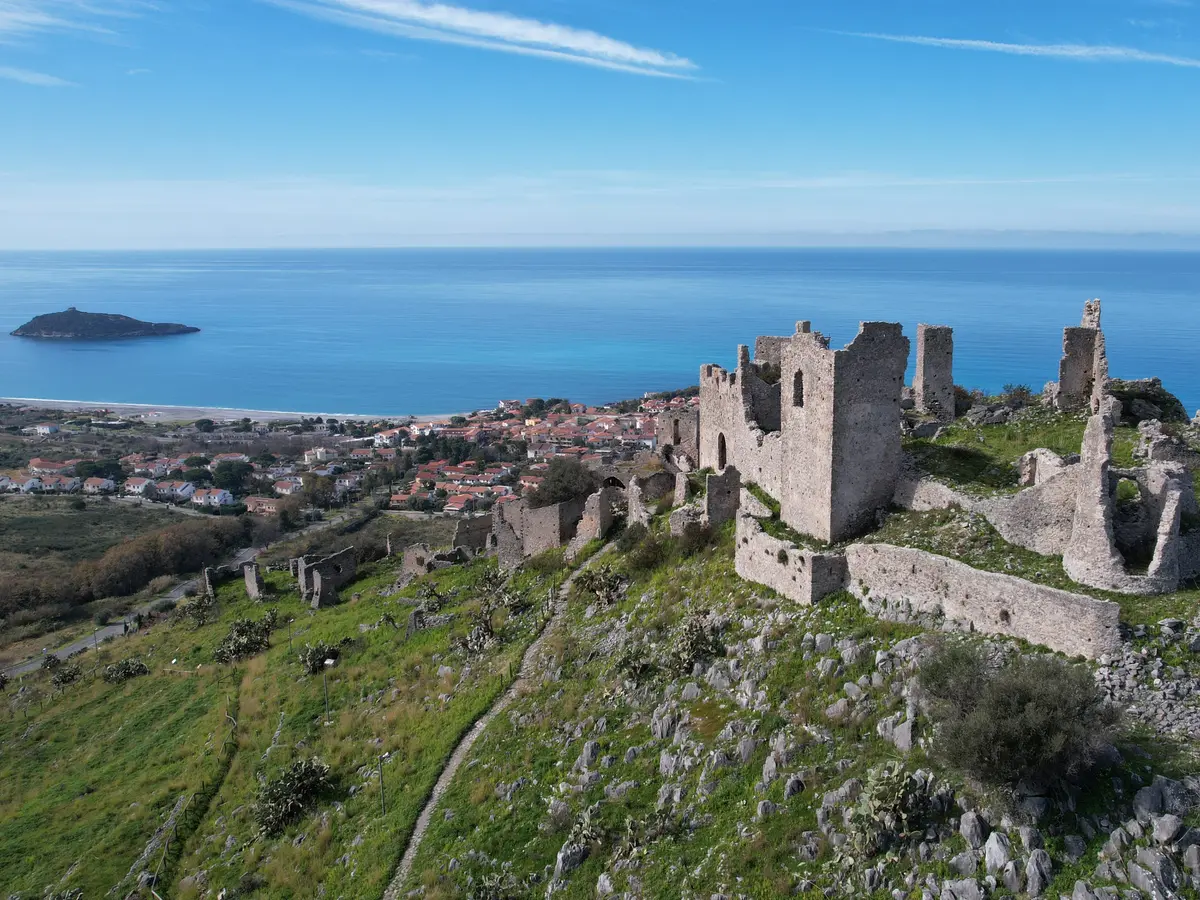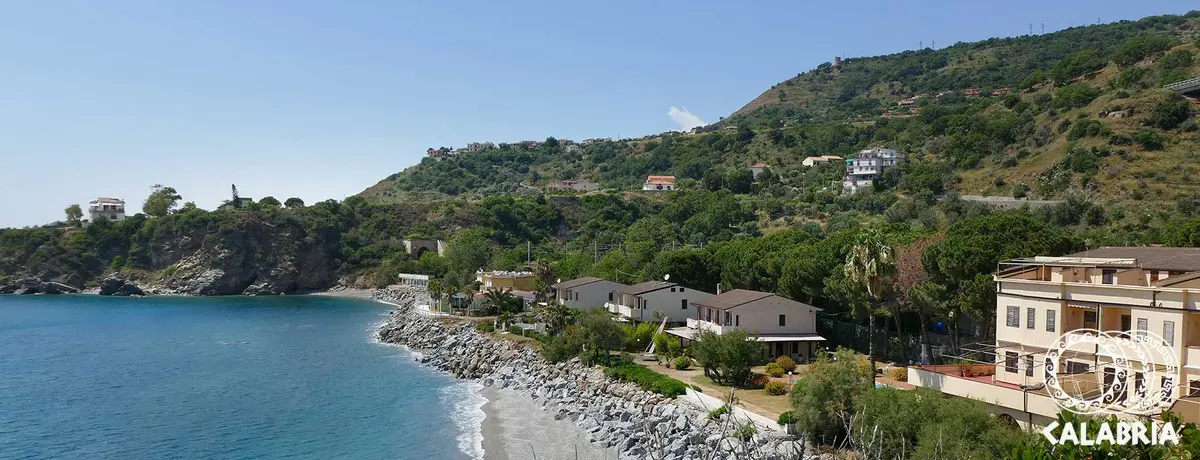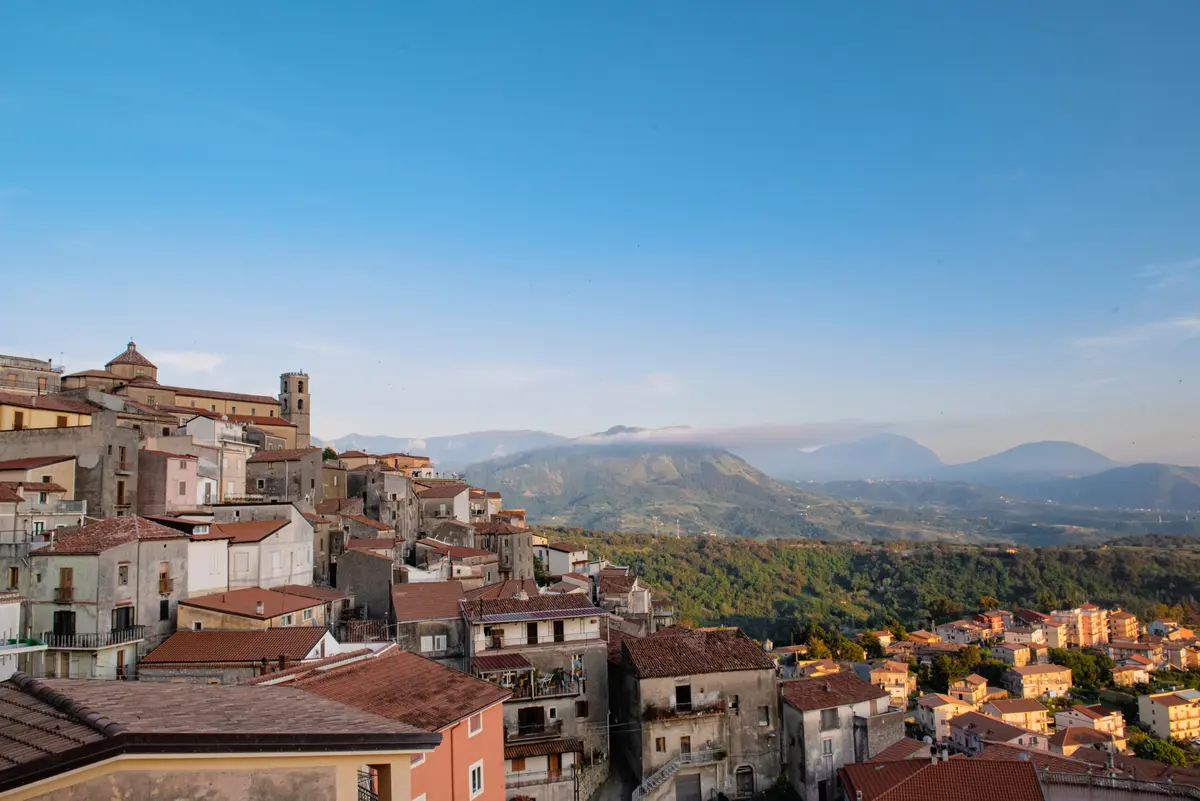Cirella
The ancient charm of Cirella’s ruins

Sea
Ruderi di Cirella - Regione Calabria
Cirella, formerly Cerillae, is a locality in the municipality of Diamante, in the province of Cosenza, along the Tyrrhenian coast that falls within the ‘Riviera dei Cedri’ Regional Marine Park.
An important ancient port at the time of Magna Graecia and Rome, Cerillae, now Cirella, preserves the remains of the original medieval village at the archaeological site of the Ruderi di Cirella, which also includes the modern Ruderi Theatre, the site of important festivals and summer events. The other symbol of the seaside resort is the small island of the same name, Cirella Island, the smaller of the two Calabrian islands (after Dino Island).
The ancient Cerillae was destroyed by the Napoleonic fleet in the early 19th century. Only a few fragments remain of the settlement, including a fresco depicting the Madonna of the Angels (now on display in the parish church). Not far from the area of the ruins are the Convent of San Francesco and the modern theatre.
The island of Cirella, just offshore, represents a valuable natural ecosystem. Reachable by boat, it consists of an outcrop of limestone rock covered by Mediterranean scrub. The summit of the hill is occupied by the remains of an ancient sighting structure, the 9th century Cirella Island Tower.
All around are sea caves to explore, inlets and reefs sinking into a crystal-clear stretch of sea, one of the best places to dive in Calabria and the ideal habitat of the precious Posidonia Oceanica and specimens of Pinna Nobilis, the largest bivalve in the Mediterranean.
No result









